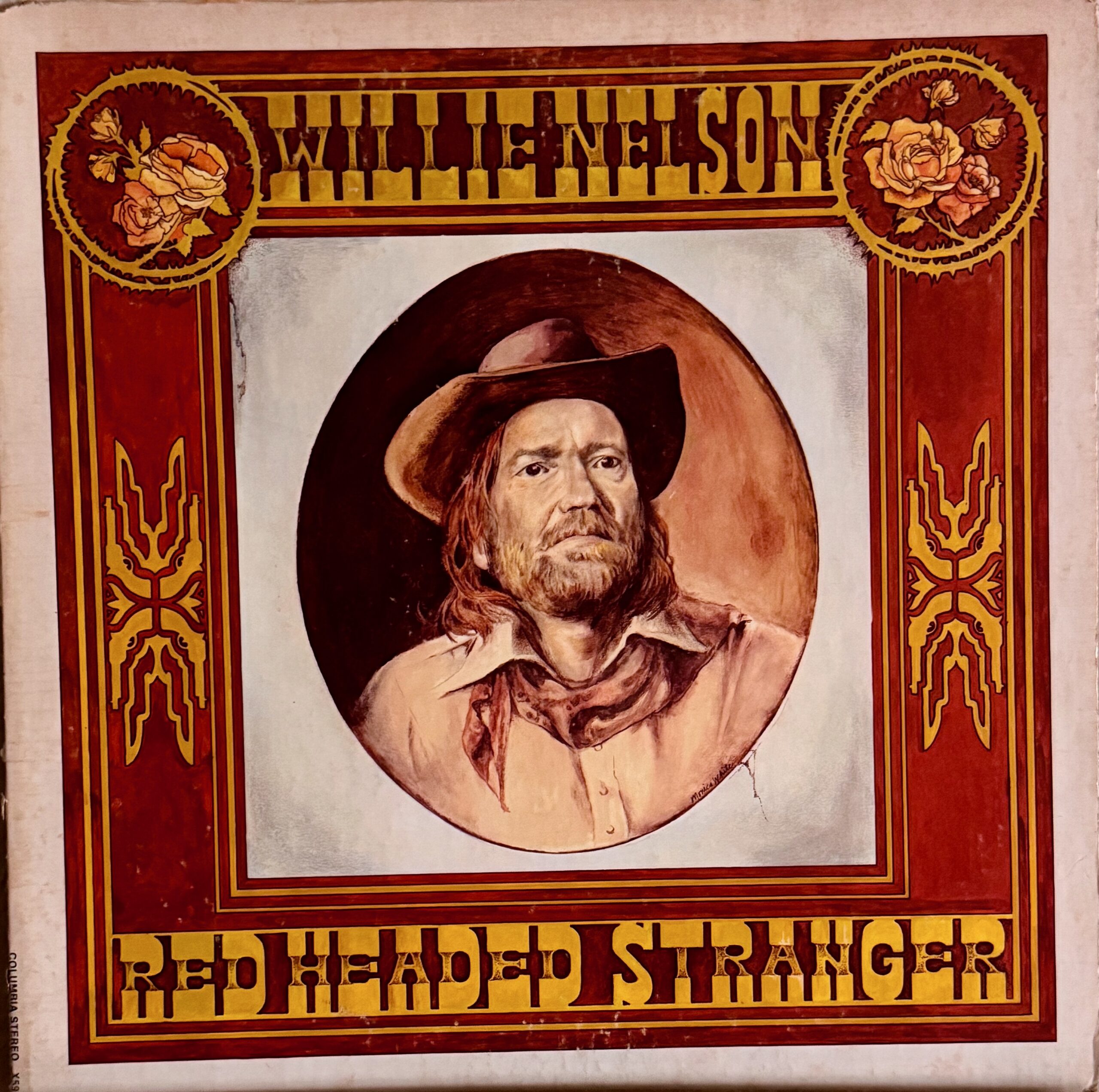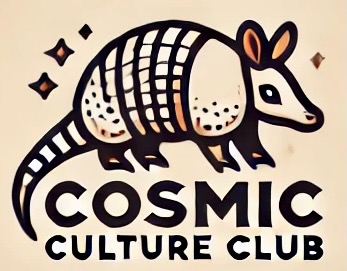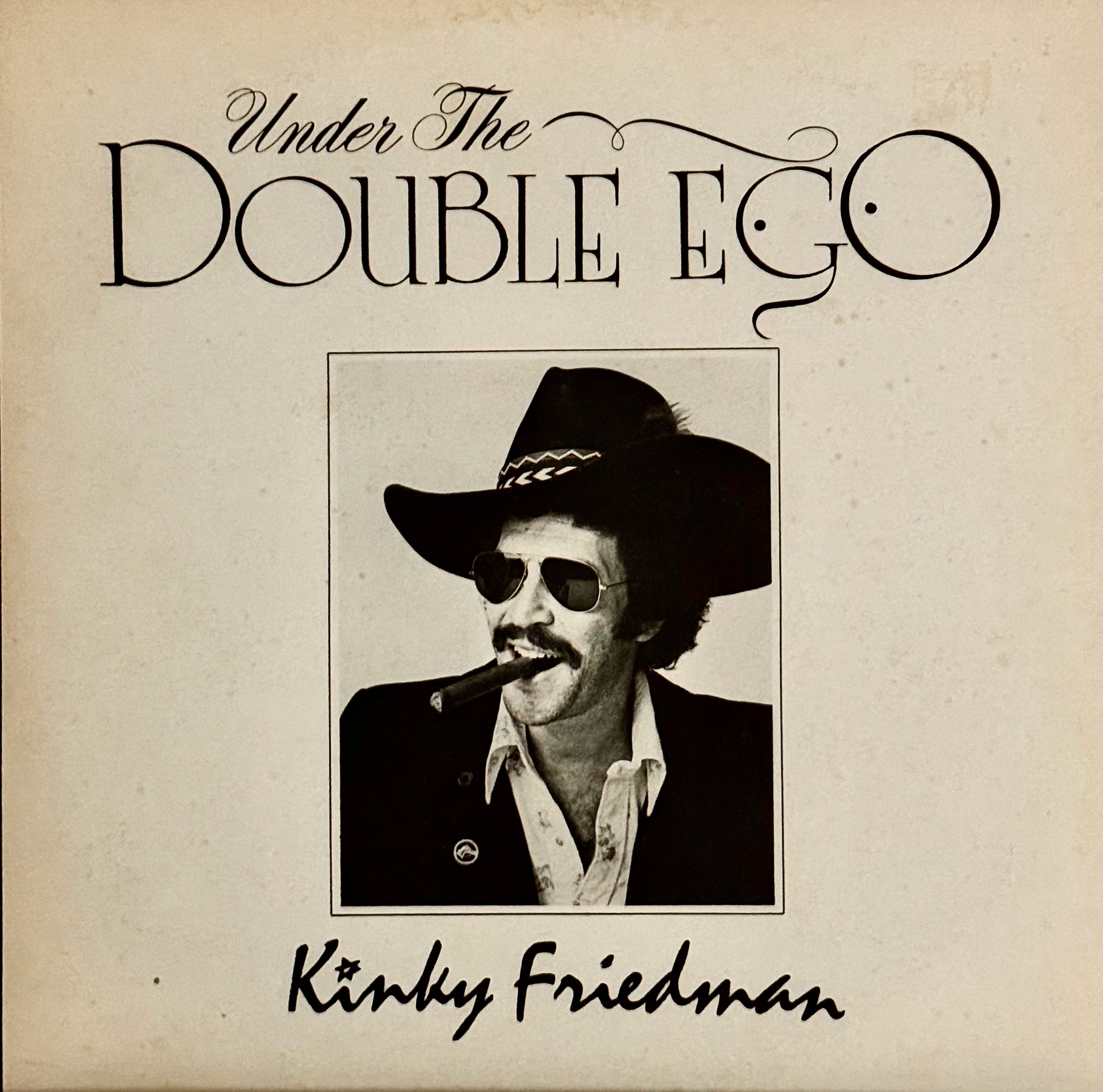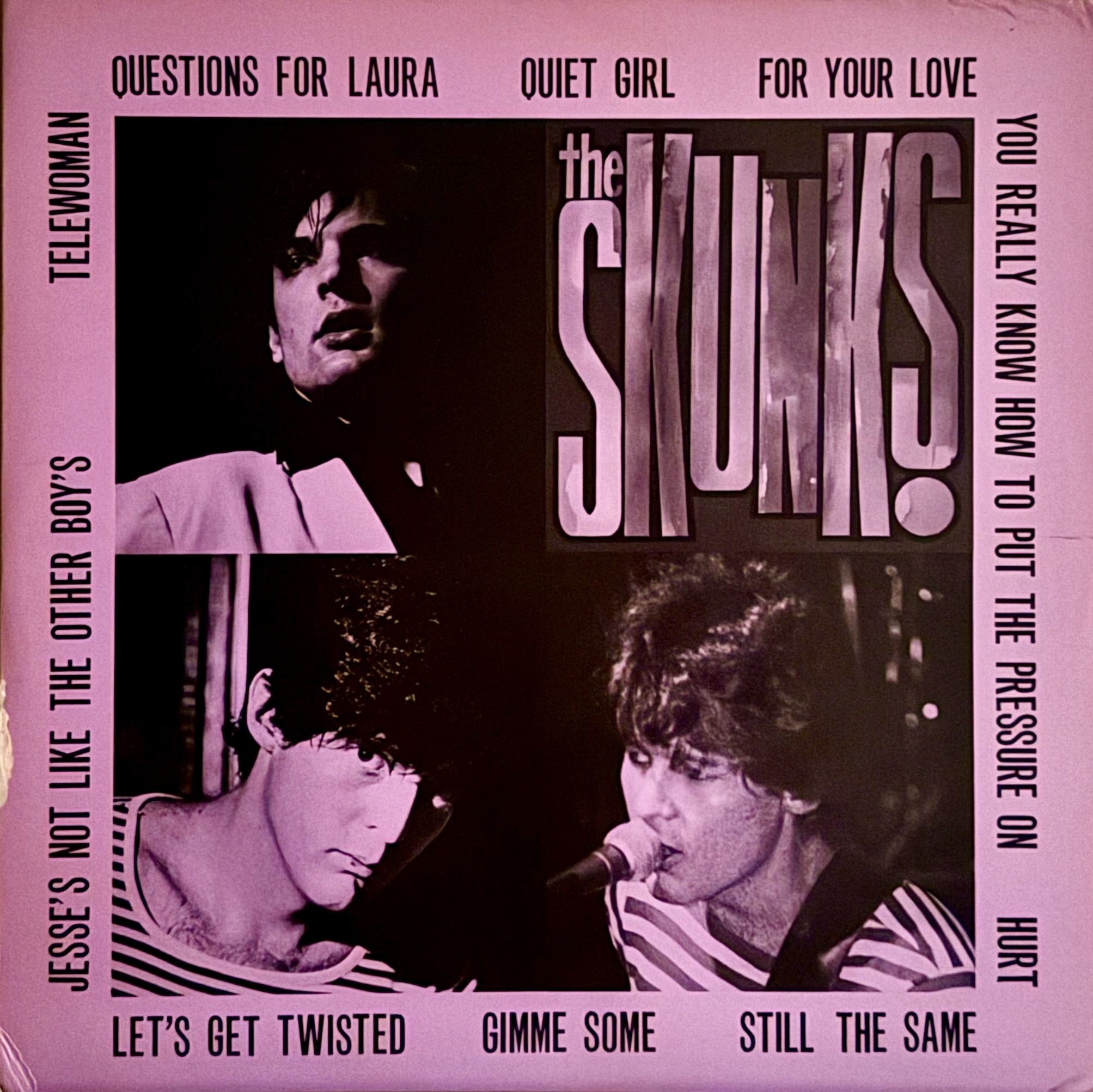Willie Nelson
Album: Red Headed Stranger
Release Date: 1975
Red Headed Stranger is the definitive album that established Willie as the cultural icon he is today. In many ways, it epitomizes the story of Texas music. It’s an example to point to when folks ask what the difference is between Texas Country and the music that comes out of Nashville. This is proof that you don’t need to fit in a mold to have commercial success.
Coming off a decade of writing hits in Nashville, Willie joined forces with Jerry Wexler and Atlantic Records for the recording of the albums Shotgun Willie and Phases and Stages. These albums coincided with his move to Austin and established him as a pioneer in the Outlaw Country frontier. Despite their critical acclaim, the albums were only moderately successful commercially, and Atlantic Records closed their Country division and cut Willie loose.

When Columbia Records came calling, he negotiated full creative control over the work. He promptly made them regret it by submitting a sparse recording with acoustic instrumentation. Despite pressure from executives pushing for the Nashville treatment, Willie stood firm. The recording frustrated producers, who thought it sounded like a demo. When he asked what a finished album was supposed to sound like, the reply was, “anything but this.”
In one of the great moments in Country music history, Waylon Jennings flew to New York to play the album for the president of Columbia Records, Bruce Lundvall. Lundvall had the same reaction as the other executives and insisted it be sent to Nashville for additional production. This led to an outburst from Waylon who called him a “tone-deaf, tin-eared sonofabitch!” In the end, there was nothing the label could do and the album was released as Willie intended.
The result was a resounding success. The album produced Willie’s first number one single, “Blue Eyes Crying in the Rain”, reached number one on the Country charts, and has been certified double platinum. This album defines the difference between an artist and a pop star.

The Red Headed Stranger
In honor of Willie Nelson’s 87th birthday, ACL Live shared the recipe for their infamous Red Headed Stranger cocktail. There is no need to provide additional context for why we are pairing this cocktail and album.
Ingredients
- 2 oz Tito’s Handmade Vodka
- 2 oz jalapeno-lime juice
- 3 oz cranberry juice
- Splash of orange juice
Directions
Combine ingredients and mix well. Serve in a rocks glass over ice with a lime wedge garnish.










